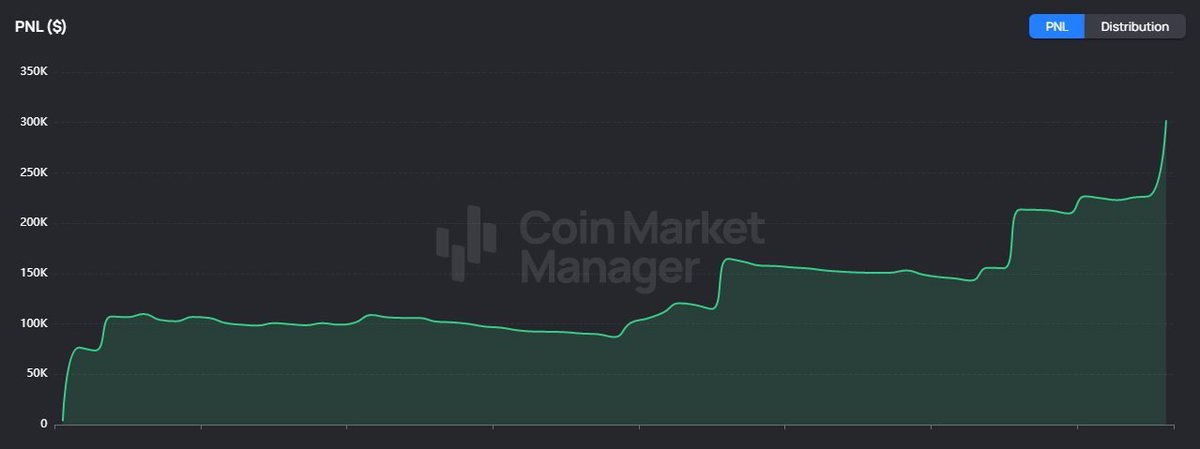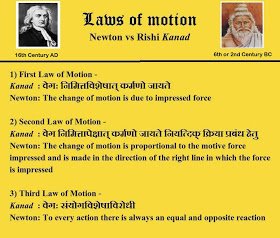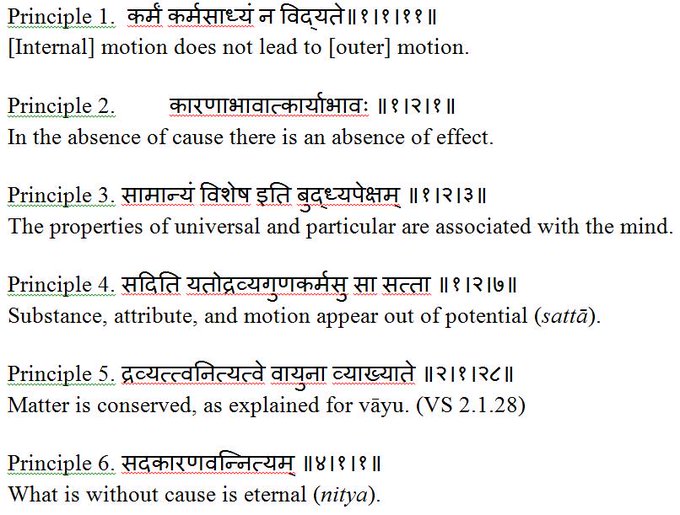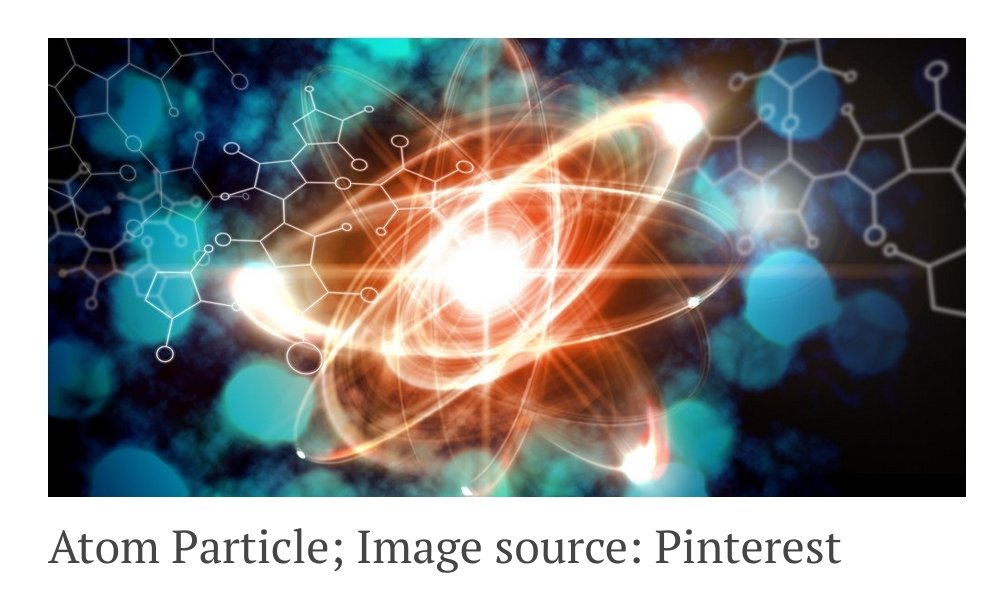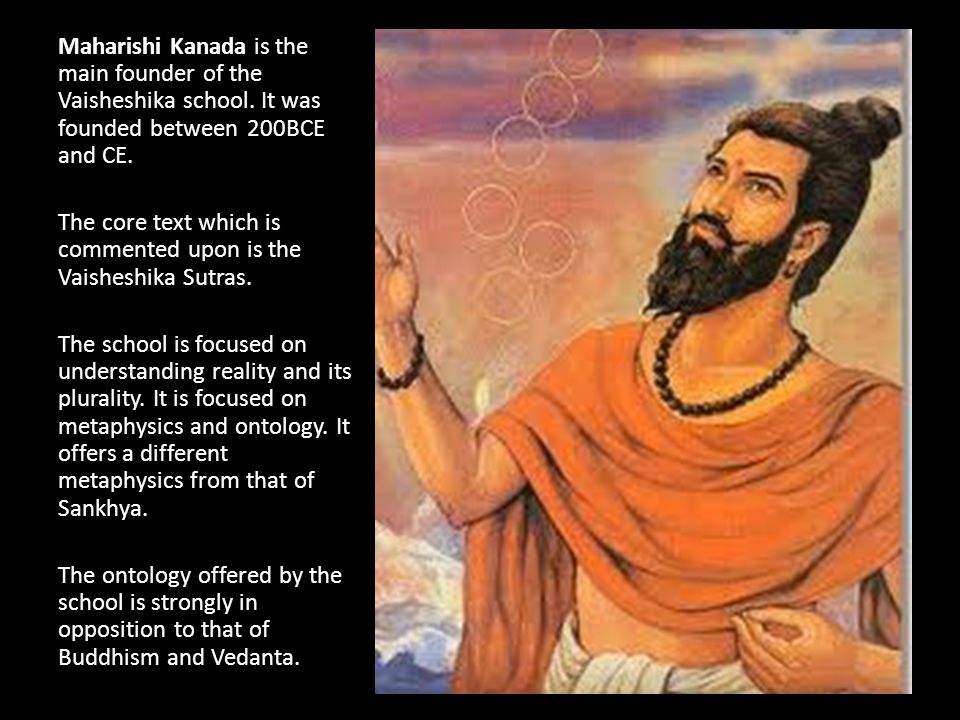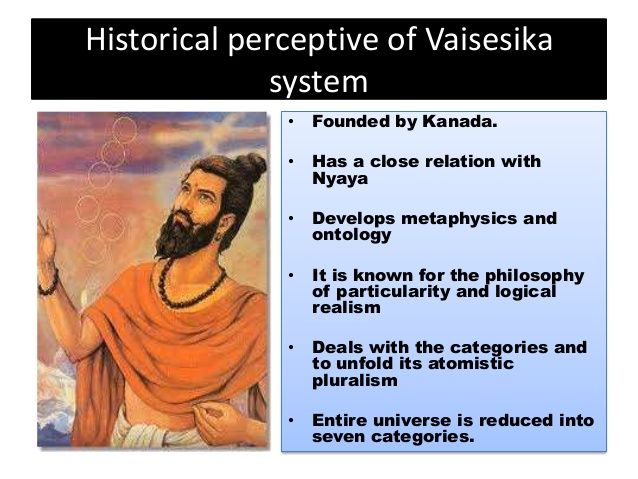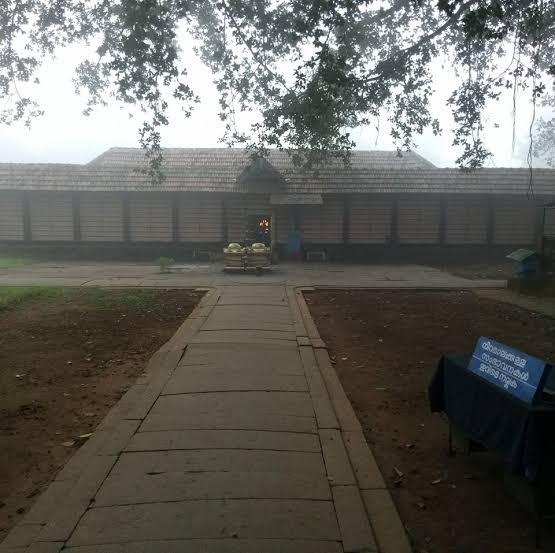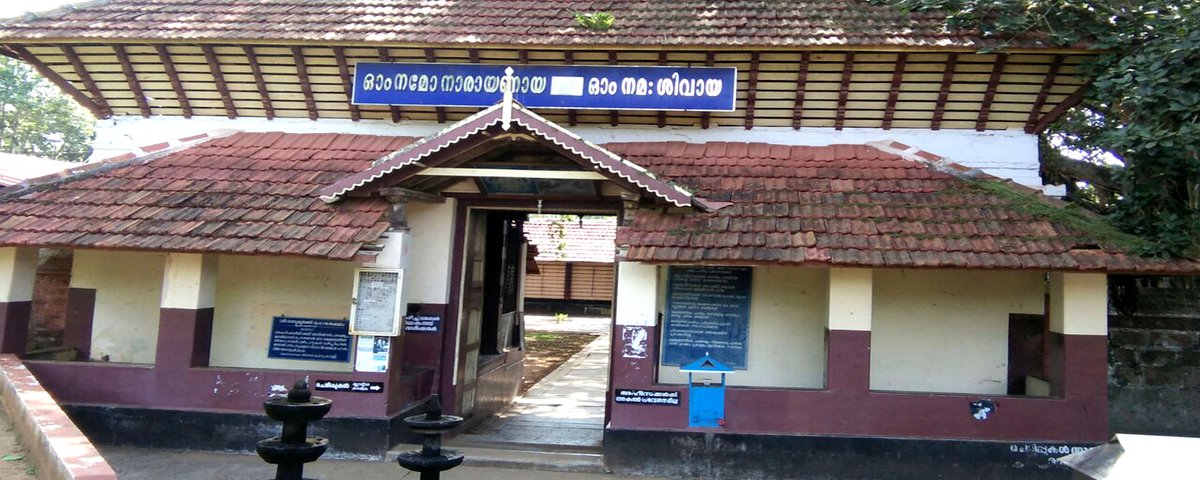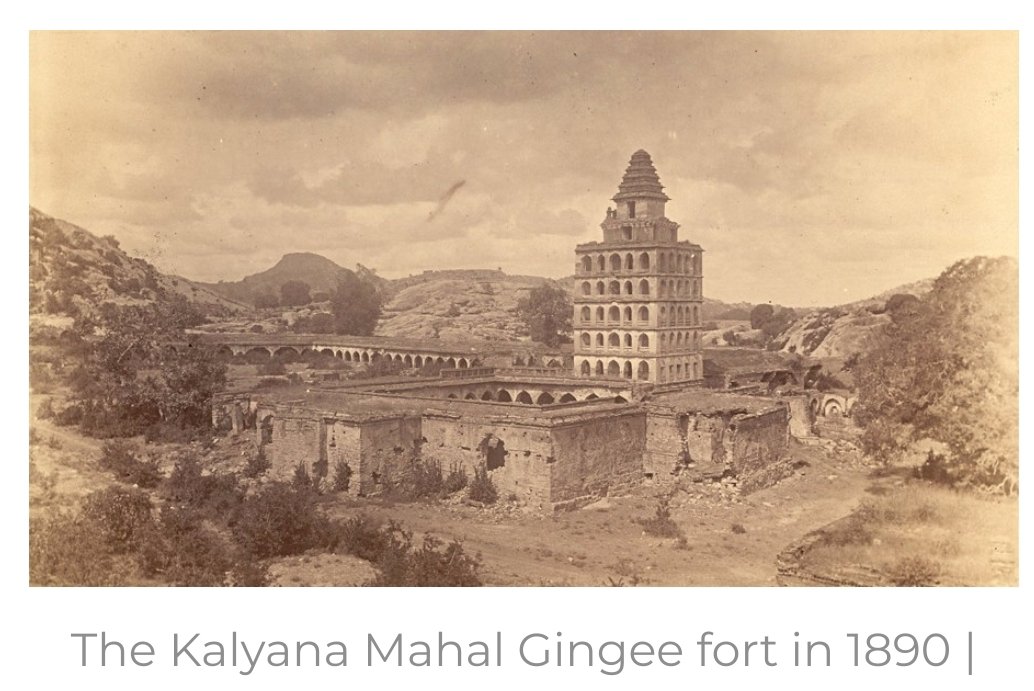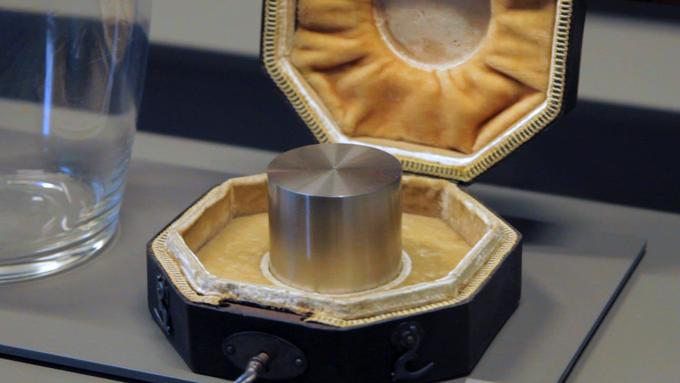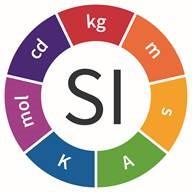Originally I covered off some points in this initial thread on hitting $225k, I hit $300k a week or so later but it was also right in the middle of the collapse, didn't feel like the timing was right to throw this out then.
https://t.co/pytWjExSxu
One of my edges is knowing when to be in the market, when not to be in the market and when to push down the accelerator on risk.
https://t.co/aHjsAKxu4g
Everything is around timing. The market is designed to punish you by playing on your emotions.
Volatility = Emotion.
Many people find themselves trading in times that they shouldn't be trading, and being paralyzed in the times they should be trading.
The first key lesson is when to be involved in the market.
A very simple rule - after LARGE moves, upside or downside, typically you do not need/want to be in the market.
Most moves have played out, volatility reduces, consolidation occurs, most people get chopped.
Now depending on your approach, style and signals, that may be too simplistic for you, but for the majority it's a great rule.
So then, when not to be involved is covered, how about when to be interested in positioning?
You'll receive conflicting advice when browsing Twitter, people will say "don't chase a big move" and "don't trade a crab market" which basically leaves you in a position of being frozen in 95% of the action we see.
Crab conditions are where your interest should spike.
Then it's going to come down to systems. My system (RSI + AO) is a momentum-based approach that I use to allow me to try and predict periods of significant movement.
This original $DOGE trade based on the Weekly bull div and preparation for potential upside.
But it's bigger than that, because we're looking for as much confluence as possible. In this week (October 24th) - several charts were showing signs of breakouts/divergences/momentum.
$ETH Daily chart with a clear breakout point.
The picture starts to build, we're seeing more confluence for breakouts/upside across multiple charts.
Conditions where crypto seems unified in it's next move are very important to spotting times where you can increase your aggression and your risk.
Start piecing everything together. You'll start to notice periods of times in which you can look at pretty much any alt and say "this actually looks good here" - the market is usually telling you something.
Then, you need to not be a contrarian. Believe the market, follow it.
During these 2 weeks we had great upside conditions. But then your lead to the question of "how do I know what to pick?" because not everything performed well during this time.
The HTF governs everything.
The process for me is, "what has the best HTF set up?" I'm looking for the strongest Weekly chart, if there is something like DOGE with the Weekly bull div, that's number 1 on the list for positioning.
Work down the timeframes identifying the strongest set ups and listing alts.
Then you're faced with "how do I know when to exit?" - this is a really subjective question.
1. The higher the timeframe, the longer the hold. Have a Weekly set up? Good, you can hold for an extended period of time. 5m set up? Hit the impulse and run.
2. Look at getting out on incredibly strong momentum. $DOGE ran a 2.5x in this time, more than enough of an upswing in a downtrending market to move out of position. You might not close the pico-top but you'll get the majority of the meat from the move.
https://t.co/EVkYuzWNBS
3. Exit when your PnL reaches a level you are happy with. Let's face it, the majority of people overleverage and have position sizes way too big. So if you hit a move and your PnL has spiralled far bigger than you thought or it increase your account by a big %, take it.
You have to show immense patience with the market. Conditions like this occur maybe every quarter, but if you focus and don't bleed out in the periods between they are huge moments of opportunity to rapidly increase your accounts.
When it comes to positioning, you're looking to try and time the market with as much precision as possible. This is where you have to use the LTFs in order to do so.
If I'm aware of the HTF set up, I can use the LTFs to try and position into the impulses/signs of momentum.
Example:
Let's say you have a Weekly bull div, you know it's a market you want to position in. Zoom in to the 4h, you notice a clear S/R level to flip. Zoom in again to the 1h and you see price is consolidation right underneath the level.
Now you can begin to plan positioning.
The reason for the zooming in is because it allows you the ability for greater position sizes with tighter stops, producing the same risk as much larger or "safer" positioning.
I was responded to by a typical reply guy on a meme post the other day who said "don't you make it sound easy to turn 1000s into 100,000s"
No, not once have I said this process is easy, and neither should everyone attempt it. Only use what you can afford to lose.
Summary:
Patience - don't bleed out when you don't need to be in the market.
Anticipate - focus on timing the impulses/when the market gives stronger signals
HTF Focus - Keep a zoomed out view until you can see the set ups forming
LTF positioning - Zoom in to hit timing
The most important piece and the hardest to control is not positioning during shit PA. Like I said when I opened this thread, volatility = emotion. Most overtrade the one area I said not to trade, after large moves. Whether it be through FOMO or trying to make it back.
If you want to learn more about my approach, and how my system works, you can find hundreds of hours of education in
@TheHavenCrypto I hope the information in this thread was helpful to you.
https://t.co/TJA424SIw0

